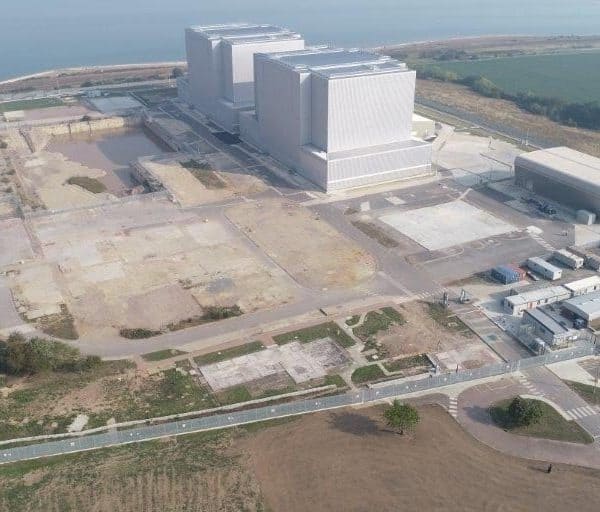2 سبتمبر 2019
The Cavendish Fluor Partnership Magnox Transformation

Following the transfer of Magnox Ltd ownership to the Nuclear Decommissioning Authority on 1 September, the Cavendish Fluor Partnership is celebrating the transformational progress, which they have delivered with the Magnox team over the last five years. Since starting work on the sites in 2014, the Cavendish Fluor Partnership (CFP) and the Magnox Ltd team have implemented a wide range of new initiatives and strategies that are delivering, and will continue to deliver, significant benefits to the Magnox estate and the UK tax payer.
Highlights include:
- A UK first for the nuclear industry: delivering the Bradwell nuclear site into a passively safe and secure state known as Care and Maintenance.
- Significant decommissioning progress delivered, with eight legacy spent fuel cooling ponds completed or near to completion.
- Relicensing and integration of two Research Sites Restoration Limited sites into Magnox, only seven months after contract start.
- Delivery of an innovative and integrated waste management strategy resulting in significant benefits to Magnox and the wider NDA estate, generating a saving of close to £1bn.
- Introduction of a programmised approach to delivery across all sites, including sharing the learning across sites to minimise delivery costs.
- Technical and organisational changes, which resulted in around 25% reduction on existing plans’ core headcount.
- The removal of significant asbestos volumes at Chapelcross, Sizewell A, Wylfa, Hinkley Point A, Winfrith and Dungeness A.
- Multiple demolition skyline changes, including at Trawsfynydd, Sizewell A, Hinkley Point A, and Bradwell.
- Launch of the Target Zero safety campaign, which resulted in a marked reduction in injuries across the sites.
- Introduction of the Magnox Values, a shared understanding of what is expected from employees and what employees can expect from the company.
Cavendish Nuclear’s CEO Simon Bowen said,
“The number of successes delivered, in such a short amount of time, has been nothing short of transformational. I am incredibly proud of the progress we have made and the legacy we will leave, which will continue to deliver significant benefits to the UK tax payer.
“We set out to achieve some challenging waste management strategies to save tax payers money and we leave with all of those building blocks in place that not only help Magnox but will also move the industry forward.
“We look forward to continuing to support Magnox as a key member of the supply chain.”
Our waste management programme at Magnox has developed and implemented a variety of strategies and solutions. This has included opening up new waste streams for disposal, reclassifying some types of intermediate level waste (ILW) as low level waste (LLW) and developing an ILW encapsulation strategy including a reinforced concrete package.
Through innovation, problem-solving and using each challenge as a learning experience, the Magnox ponds programme has achieved significant milestones since September 2014. It has spearheaded the successful delivery of pond decommissioning projects with the contents of Hunterston A, Dungeness A, Hinkley Point A and Oldbury ponds removed and the pond water drained.
During CFP’s tenure significant decommissioning and hazard reduction progress has been made in the spent fuel cooling ponds across the Magnox sites, with eight ponds completed or near to completion. As part of this work, CFP introduced the innovative approach of using divers in the Dungeness and Sizewell ponds, which brought huge safety and cost benefits and is an approach that will now be used at Sellafield.
This is a CFP innovation, which has brought huge safety and cost benefits and an approach that will now be used at Sellafield.
We also completed a five-year asset care investment plan, which is the first time Magnox has had a plan that looks this far into the future.
Delivering the Bradwell site in Essex into Care and Maintenance has been a highlight of the programme and marks the first time a nuclear site in the UK has been placed in a dormant state, after removing the major hazards from the site.